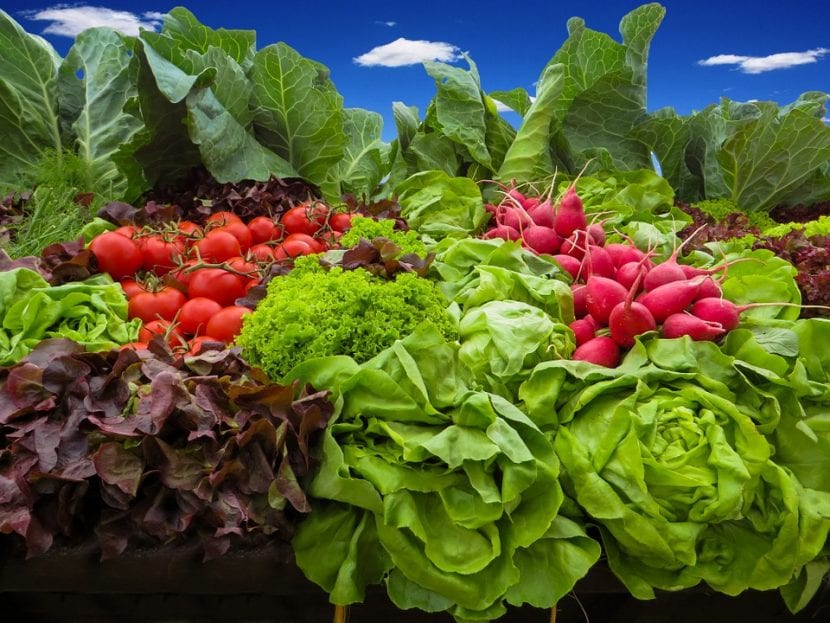
Grasses, liliaceae, legumes, quenopodiaceae, aizoaceae ... Ufff, if you don't have previous knowledge of botany or gardening, at first you are lost. When in a manual or in a post they say: "don't associate it with cucurbits", how? Well, I didn't mean to do it, but ... what are we talking about? Well we talk about botanical families of vegetables and it is convenient to know them (or at least have the classification).
It is interesting to have an article that collects the main families and species which they encompass, with their common name. So I trust that what I am going to tell you will be useful to all those who are starting to create an urban garden.
Although it may seem a bit complicated, especially at first, in reality it is not that much 😉. Then you yourself will know why:
Solanaceae

In this family 98 genera and about 2700 species are grouped that we can find all over the world, but especially in South America and Central America. They are plants with alternate leaves, simple and without stipules., that is, without any structure formed on both sides of the base of said sheets, which is usually laminar.
They can grow as annual, biennial, or perennial herbaceous plants, but most are generally short-lived. Their height is between 20 centimeters and one meter, and they produce really pretty flowers with white, yellow or pink petals. The fruit can be capsule or drupe type, and inside we will find numerous seeds.
Some are ornamental, such as petunias, but those that interest us are horticultural ones, and as examples we have the tomatoes, peppers, potatoes, or the eggplant.
Composite
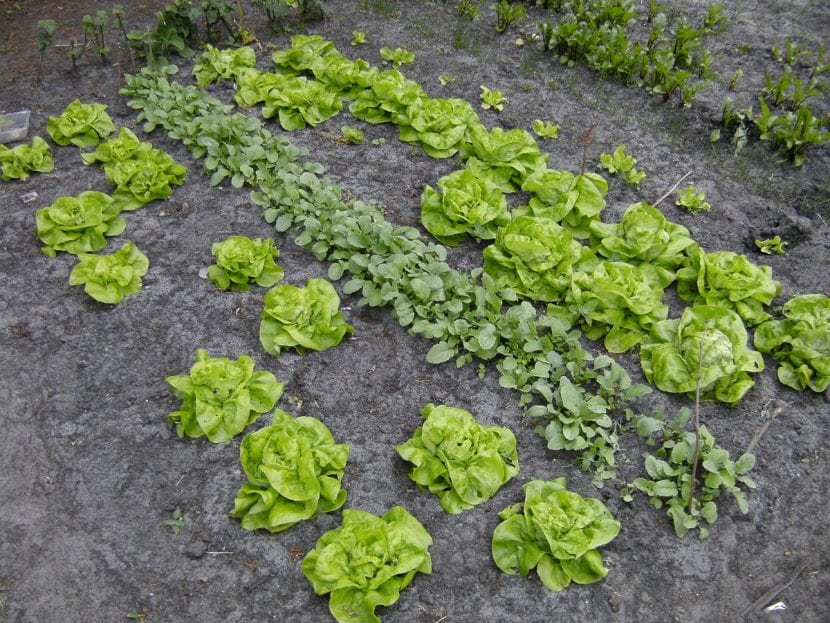
Also called asteraceae, they are the largest family of plants, with about 1600 genera and more than 23500 species spread across the globe. They are normally lively plants, but there are some that are annual or biannual. Its main characteristic -and attractive- are the flowers, which are very reminiscent of those of daisies but are smaller. These are hermaphrodites, rarely unisexual, of various colors (white, pink, yellow, purple).
The leaves are frequently alternate and spiral, herbaceous, fleshy and / or leathery. The fruit is a cipsela, that is, a fruit whose seed has a kind of very light parachute that helps it to disperse.
There are many that are also used in gardens, like the Asters themselves, but in a garden it is more interesting to have endives, endives, sunflowers, lettuce, or artichokes.
Liliaceae
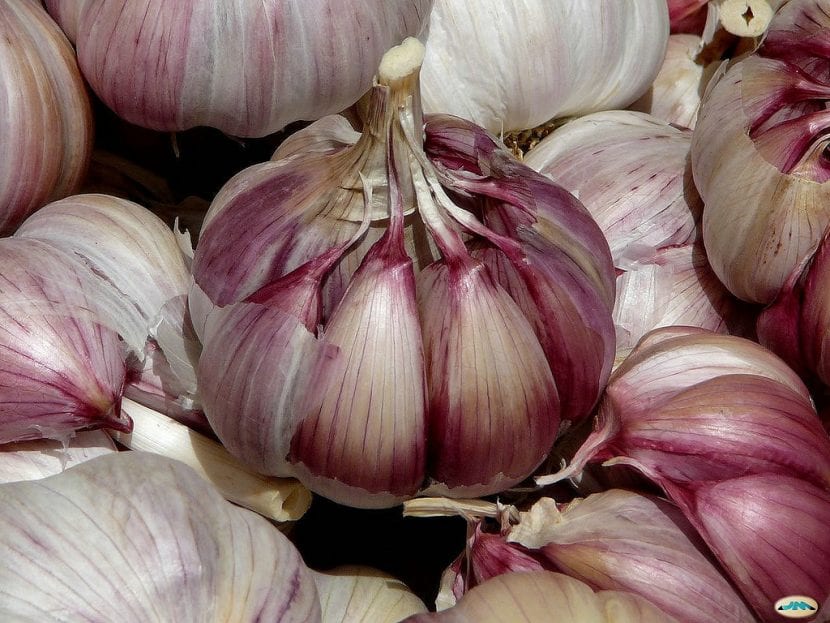
Liliaceae they are perennial, herbaceous and often bulbous or rhizomatous plants native to the temperate regions of the northern hemisphere, especially southwestern Asia. The leaves are alternate and spiral, green. The inflorescences are made up of hermaphrodite flowers, large and showy in principle. The fruit is a capsule with flat, rounded or globose seeds.
The bulb or rhizome is usually found underground, and it serves as a lifeline during the non-vegetative season, since thanks to it they can stay well enough fed until the good weather returns.
Examples of vegetables from this family? We have the garlic, onion, leek and asparagus. All easy to grow, even in a pot 😉.
Cucurbits
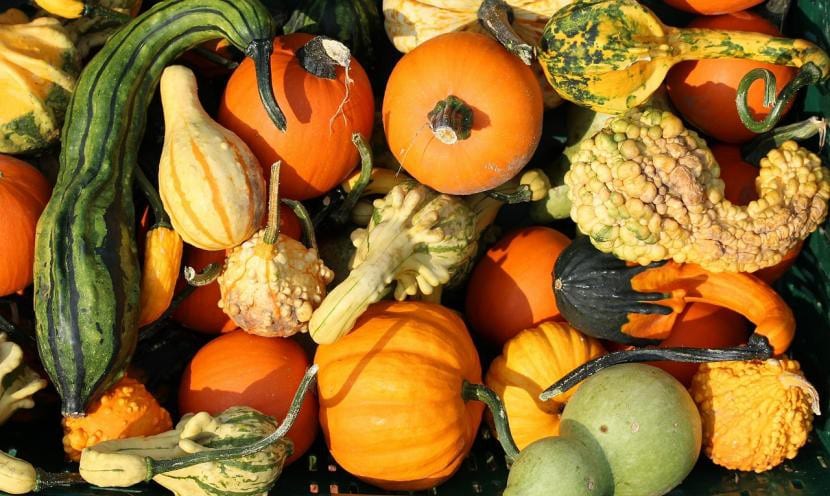
They are climbing plants, with an annual cycle mostly, originating in the temperate and warm regions of both America and Europe. They are characterized by being covered by hairs, and by developing a single leaf per node. The flowers are small, yellow or white, simple. The fruit takes on a rounded or elongated shape, and is often edible. Inside this we will find dark colored seeds, and hard.
They grow quite fast, but since they also tend to take up a lot of space, they are grown directly in the ground, or in very large pots, since otherwise the fruits they produce are so small that they are not worth trying.
In this family we have melon, watermelon, pumpkin, zucchini, cucumber and the alficoz.
Chenopodiaceae
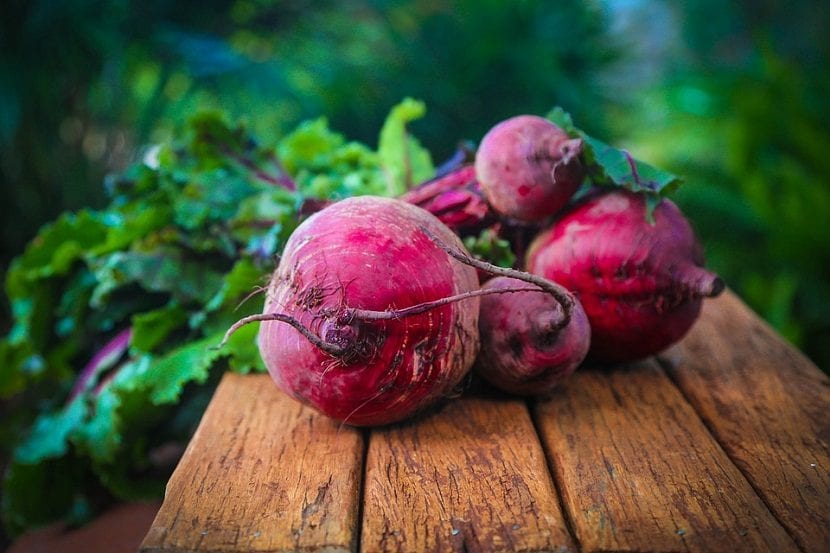
In reality, chenopodiaceae are a subfamily of amaranths, but since amaranths and related plants are not edible (in fact, some are toxic, like amaranth itself), sometimes in horticultural guides and others it is considered as a family and not as a subfamily. But hey, let's go to what interests us: these plants are generally herbaceous, rarely shrubs and climbers, originating from the warm-temperate regions of southern Europe.
The leaves are simple and alternate, although they may not have them. The flowers are small, hermaphroditic or unisexual, and are grouped in inflorescences of white, light brown, or pink color. The roots are rhizomatous, being in some cases edible.
The horticulturals of this family are the chard, spinach and beets.
Cruciferous

Also called brasicáceas, are annual, biennial or perennial herbs with about 338 genera and 3709 species originating from the temperate to cold regions of the globe. The leaves are alternate or distributed in rosettes, simple or divided, and without stipules.
The flowers are hermaphroditic, with 4 whitish or pink petals, and are grouped in inflorescences in racemes, corymbs or umbels. And the fruit is an elongated dry capsule known as silique or silicule that protects numerous seeds.
This family groups the typical winter vegetables, such as broccoli, turnip, radish, cabbage and cauliflower.
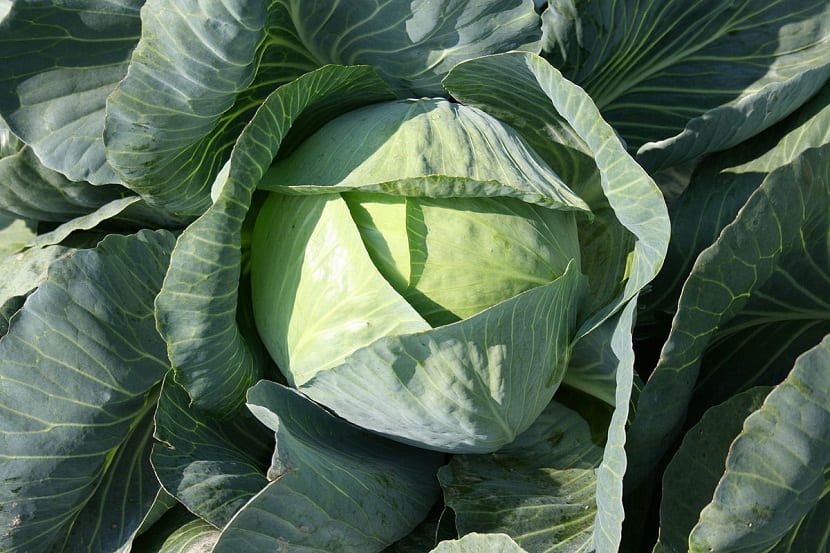
Umbellate
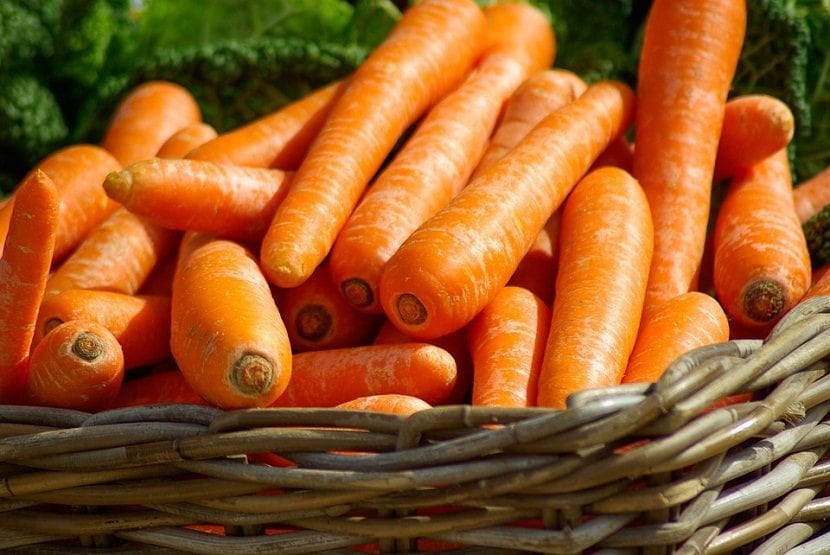
Now called apiaceae, are herbaceous, annual or perennial plants that form a family of 440 genera and more than 3500 species spread throughout the globe. They develop a stem that is usually elongated, with alternate, whole, dark green leaves. They have a root system composed of a root that is usually fleshy, tubular in shape, and other finer secondary roots.
Its flowers are generally hermaphroditic, composed of a corolla with 5 white, yellow or pink petals, and they are grouped in inflorescences in a simple or compound umbel. The fruit is dry and schizocarpic (that is, a single seed develops inside it).
Interesting Umbelliferae for the garden are the carrots, parsnips, parsley and celery.
Legumes
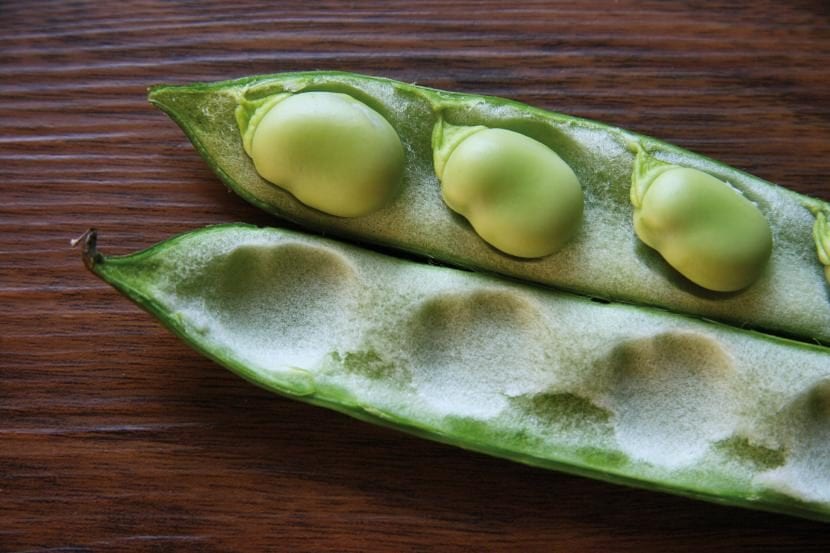
Also known as fabaceae, they are a family made up of 730 genera and some 19.400 species distributed all over the planet, especially in tropical and subtropical regions. There are trees, shrubs, perennial or annual grasses, and are characterized by having evergreen or deciduous leaves, alternate, with stipules, and often compound (pinnate, bipinnate, finger or trifoliate). Its roots are generally pivoting, deep and tend to establish symbiotic relationships with bacteria of the genus Rhizobium, which help them fix nitrogen to the soil.
The flowers, small or large, are solitary or grouped in inflorescences in racemes or umbels, and are white, yellow, pink, red or orange. The fruit, called a legume, is long, thin and flattened. The seeds are round and hard, dark in color (often black).
Among the horticultural legumes we have the lima beans, beans, alfalfa, pea and the vetch.
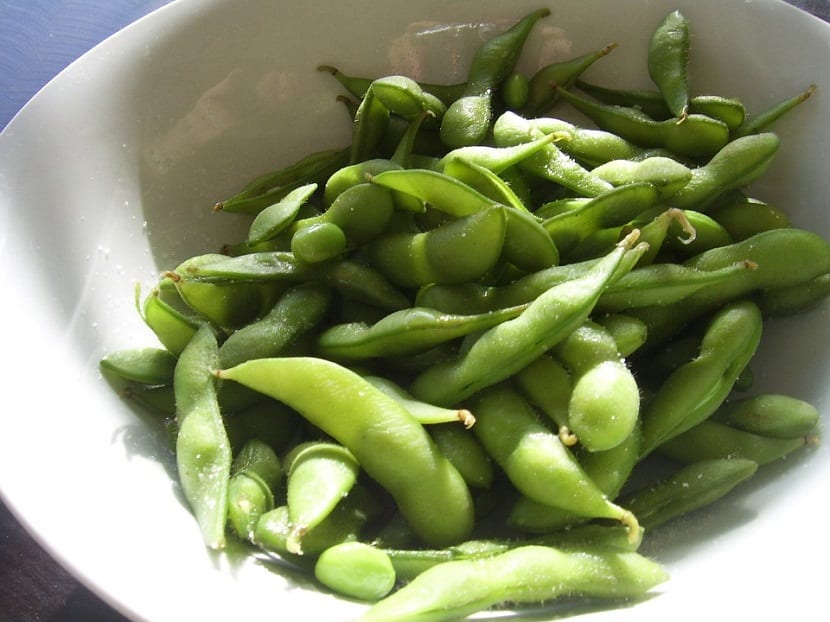
Grasses
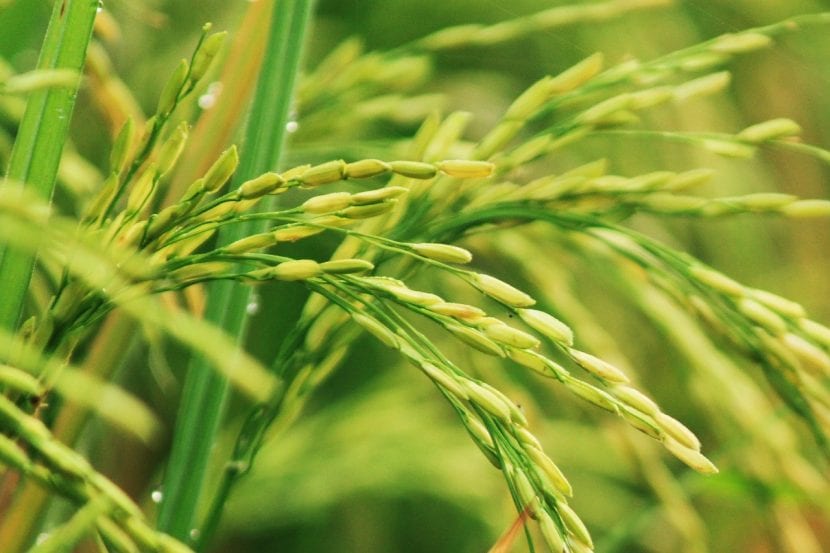
Grasses, or Poaceae, are the fourth largest botanical family, with 820 genera and 12.100 herbaceous, or rarely woody species originating from all over the world. They are found from the desert areas to the highest mountains.
The stems are cylindrical to elliptical, and have alternate leaves composed of sheath (surrounds the stem), ligule (it can be a group of hairs or a membranous appendix that joins the sheath with the blade) and blade or lamina, which is simple, and with the nerves parallel to each other. The flowers are grouped in inflorescences known as spikelets, and are hermaphroditic or unisexual, white or yellow in color. The fruit or grain is dry, with a single seed.
In this family we find corn, to oats, barley, wheat, rice and rye.
I hope you now know more about this topic.
Thanks for the info! It is very interesting!
Thanks to you, Mercedes, for following the blog. A hug!
Greetings Ana, through this channel I get in touch with you, we have a platform for future agricultural products online, you could contact your server to talk about an opportunity we have to collaborate on this topic
thank you you saved my life
Hi Ruben, what is it about? All the best.
I am very interested
Very good days.
The subject is so well explained, that I will begin my introductory sessions to agroecology with this document that you have made.
I am working with gardeners in training, and well, as many of us believe, the present and especially the future of gardening is not only in planting ornamental shrubs and trees, but also being able to master the planning of a garden by introducing edible, aromatic trees ... and why not, if there are possibilities, vegetable gardens.
Biodiversity? as much as possible but with planning.
Greetings, and whatever you think and want to help us ... it will be a real honor for us